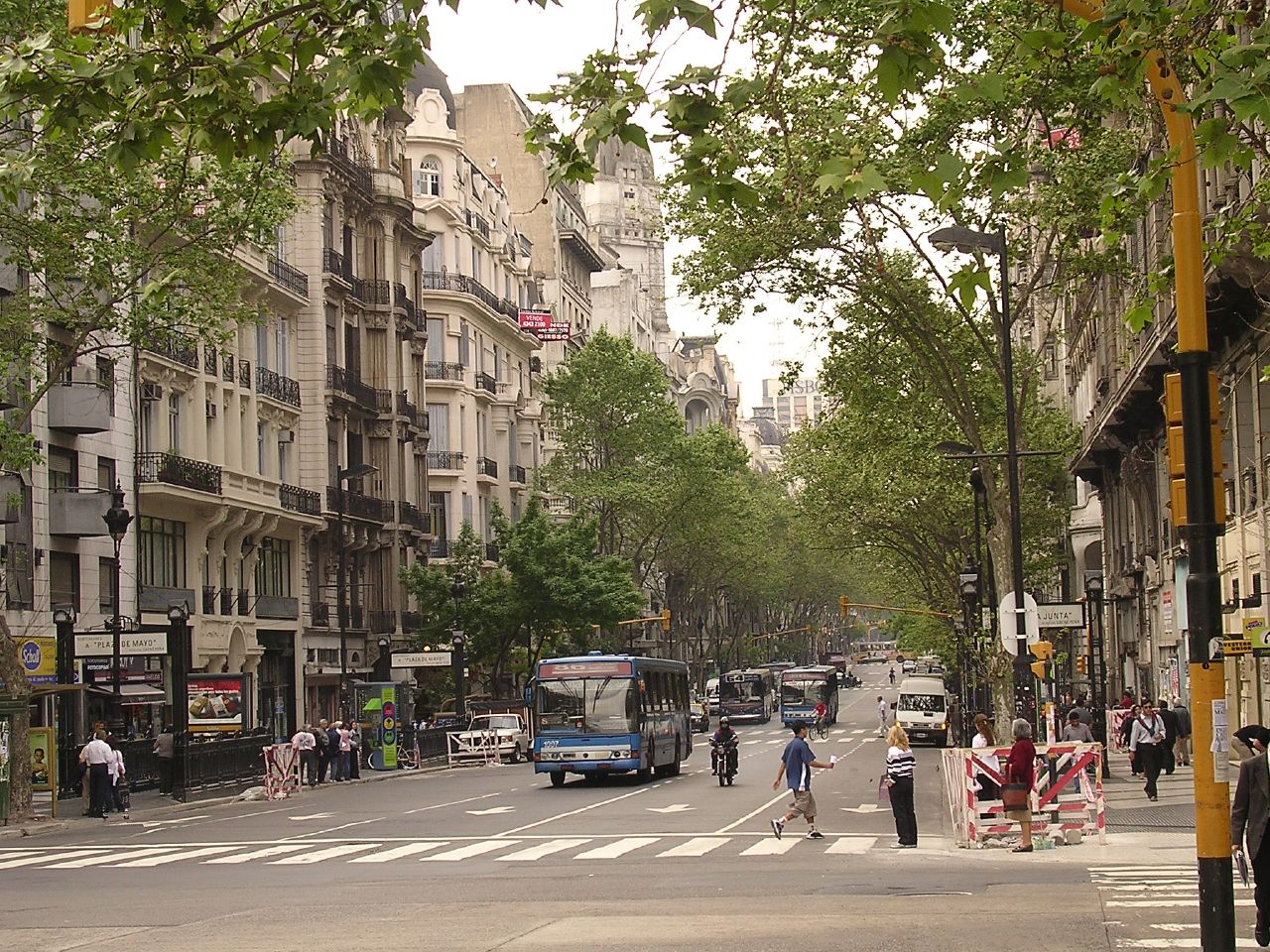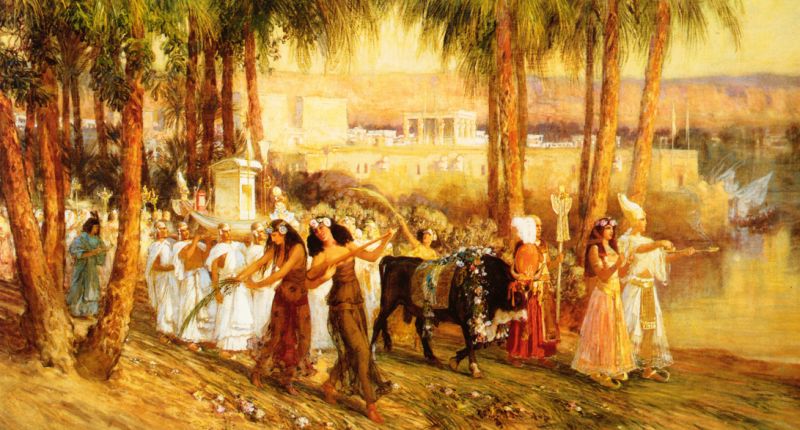|
Carnaval De Buenos Aires
The Buenos Aires Carnival ( or ''Corso de Buenos Aires'') is an annual event that takes place during the Carnival festivities, usually at the end of February, on the streets of Buenos Aires, Argentina. The two-day event features murga parades, colourful costumes, water bombs and many other amusement activities. During the 20th century, the ''Carnavales'' at ''Avenida de Mayo'' (de Mayo Avenue) were very popular, but they were discontinued first during the military government of the 1970s, and then during the 1990s. Mayor Aníbal Ibarra promoted the comeback of carnival (mainly into the ''barrios'') in the mid-2000s, and the Avenida de Mayo show returned in 2006. Starting in 2012, Carnival dates are considered public holidays. External linksMurga: The Unknown Buenos Aires Carnival {{Carnival around the world Buenos Aires Carnival Carnival (known as Shrovetide in certain localities) is a festive season that occurs at the close of the Christian pre-Lenten period, consisting ... [...More Info...] [...Related Items...] OR: [Wikipedia] [Google] [Baidu] |
Carnival
Carnival (known as Shrovetide in certain localities) is a festive season that occurs at the close of the Christian pre-Lenten period, consisting of Quinquagesima or Shrove Sunday, Shrove Monday, and Shrove Tuesday or Mardi Gras. Carnival typically involves public party, celebrations, including events such as parades, public street party, street parties and other entertainments, combining some elements of a circus. Elaborate costumes and masks allow people to set aside their everyday individuality and experience a heightened sense of social unity.Bakhtin, Mikhail. 1984. ''Rabelais and his world''. Translated by H. Iswolsky. Bloomington: Indiana University Press. Original edition, ''Tvorchestvo Fransua Rable i narodnaia kul'tura srednevekov'ia i Renessansa'', 1965. Participants often indulge in excessive consumption of alcohol, meat, and other foods that will be forgone during upcoming Lent. Traditionally, butter, milk, and other animal products were not consumed "excessively", r ... [...More Info...] [...Related Items...] OR: [Wikipedia] [Google] [Baidu] |
Buenos Aires
Buenos Aires, controlled by the government of the Autonomous City of Buenos Aires, is the Capital city, capital and largest city of Argentina. It is located on the southwest of the Río de la Plata. Buenos Aires is classified as an Alpha− global city, according to the Globalization and World Cities Research Network, GaWC 2024 ranking. The city proper has a population of 3.1 million and its urban area 16.7 million, making it the List of metropolitan areas, twentieth largest metropolitan area in the world. It is known for its preserved eclecticism, eclectic European #Architecture, architecture and rich culture, cultural life. It is a multiculturalism, multicultural city that is home to multiple ethnic and religious groups, contributing to its culture as well as to the dialect spoken in the city and in some other parts of the country. This is because since the 19th century, the city, and the country in general, has been a major recipient of millions of Immigration to Argentina, im ... [...More Info...] [...Related Items...] OR: [Wikipedia] [Google] [Baidu] |
Argentina
Argentina, officially the Argentine Republic, is a country in the southern half of South America. It covers an area of , making it the List of South American countries by area, second-largest country in South America after Brazil, the fourth-largest country in the Americas, and the List of countries and dependencies by area, eighth-largest country in the world. Argentina shares the bulk of the Southern Cone with Chile to the west, and is also bordered by Bolivia and Paraguay to the north, Brazil to the northeast, Uruguay and the South Atlantic Ocean to the east, and the Drake Passage to the south. Argentina is a Federation, federal state subdivided into twenty-three Provinces of Argentina, provinces, and one autonomous city, which is the federal capital and List of cities in Argentina by population, largest city of the nation, Buenos Aires. The provinces and the capital have their own constitutions, but exist under a Federalism, federal system. Argentina claims sovereignty ov ... [...More Info...] [...Related Items...] OR: [Wikipedia] [Google] [Baidu] |
Murga
Murga is a form of popular musical theatre performed in Argentina, Panama, Spain and Uruguay during the Carnival season. Murga groups also operate in the Buenos Aires Carnival, though to a lesser extent than in Montevideo; the Argentinian murga is more centred on dancing and less on vocals than the Uruguayan one. Uruguayan murga has a counterpart in Cadiz, Spain from which it is derived, the chirigota, but over time the two have diverged into distinct forms. Types of murga Argentine murga Argentine murga is part of the cultural heritage of Buenos Aires, where it is almost exclusively performed. It has considerable influence from candombe and other African dances and music. ''Murga porteña'' places a considerable emphasis on dance and instrumentals, more so than lyrics (in contrast to Uruguayan murga). Performances take place in the form of parades (known as ''corsos'') across the various neighbourhoods of Buenos Aires; some groups feature not only dancers and musicians but a ... [...More Info...] [...Related Items...] OR: [Wikipedia] [Google] [Baidu] |
Avenida De Mayo
May Avenue () is an avenue in Buenos Aires, capital of Argentina. It connects the Plaza de Mayo with Congressional Plaza, and extends in a west–east direction before merging into Rivadavia Avenue. History and overview Built on an initiative by Mayor Torcuato de Alvear, work began in 1885 and was completed in 1894. The avenue is often compared with ''La Gran Vía'' in Madrid, although the Spanish avenue was built later (1910). It is also compared to those in Paris or Barcelona due to its sophisticated buildings of Art Nouveau, neoclassic and eclectic styles. The avenue was named in honor of the May Revolution of 1810 (the event that led to Argentine Independence). The site of the assembly that touched off the revolution (the Buenos Aires Cabildo) was partially demolished in 1888 to make way for the avenue's entry into Plaza de Mayo. The avenue's layout, built through existing urban blocks instead of via the widening of a parallel street, was designed by the municipal pub ... [...More Info...] [...Related Items...] OR: [Wikipedia] [Google] [Baidu] |
Proceso De Reorganización Nacional
The National Reorganization Process ( PRN; often simply , "the Process") was the military dictatorship that ruled Argentina from 1976 to 1983. In Argentina it is often known simply as the ("last military junta"), ("last military dictatorship") or ("last civil–military dictatorship"), because there have been several in the country's history and no others since it ended. The Argentine Armed Forces seized political power during the March 1976 coup against the presidency of Isabel Perón, the successor and widow of former President Juan Perón, at a time of growing economic and political instability. Congress was suspended, political parties were banned, civil rights were limited, and free market and deregulation policies were introduced. The President of Argentina and his ministers were appointed from military personnel while Peronists and leftists were persecuted. The junta launched the Dirty War, a campaign of state terrorism against opponents involving torture, extrajudic ... [...More Info...] [...Related Items...] OR: [Wikipedia] [Google] [Baidu] |
Aníbal Ibarra
Aníbal Ibarra (born March 1, 1958) is an Argentine lawyer and politician who served as mayor of Buenos Aires. Biography Ibarra was born in Lomas de Zamora, a district located in the southern region of Greater Buenos Aires. His father was a Paraguayan member of the PLRA who left his country during the dictatorship of Alfredo Stroessner. He enrolled at the Instituto Libre de Segunda Enseñanza, a public college preparatory school, and earned a law degree at the University of Buenos Aires. He worked as a prosecutor in the Judiciary, but resigned this job to participate in politics with as co-founder in 1990 of center-left party: the Frente Grande. His opposition to the pardons granted by President Carlos Menem to leaders of the 1976–83 dictatorship convicted in the 1985 Trial of the Juntas led to Ibarra's dismissal as prosecutor in 1991 by Solicitor General Oscar Roger. He was elected, however, to the Buenos Aires Deliberative Council that September, and in 1993 was nam ... [...More Info...] [...Related Items...] OR: [Wikipedia] [Google] [Baidu] |
Barrios And Communes Of Buenos Aires
The city of Buenos Aires is formally divided in 48 ''barrios'' (neighborhoods), grouped into 15 ''comunas'' (communes), which are defined as "units of decentralized political and administrative management governed by designated residents". The city proper (excluding the suburbs and exurbs that form Greater Buenos Aires), had 2,891,082 inhabitants as of 2010. Overview Sanitary regions The borders of the sanitary regions are aligned with the borders of the communes. * Region 1: C1, C3, C4 * Region 2: C7, C8, C9 * Region 3: C5, C6, C10, C11, C15 * Region 4: C2, C12, C13, C14 References External links Map of Buenos Aires' neighborhoods and communes {{Portal, Argentina Geography of Buenos Aires ... [...More Info...] [...Related Items...] OR: [Wikipedia] [Google] [Baidu] |
Carnivals In Argentina
Carnival (known as Shrovetide in certain localities) is a festive season that occurs at the close of the Christian pre-Lenten period, consisting of Quinquagesima or Shrove Sunday, Shrove Monday, and Shrove Tuesday or Mardi Gras. Carnival typically involves public party, celebrations, including events such as parades, public street party, street parties and other entertainments, combining some elements of a circus. Elaborate costumes and masks allow people to set aside their everyday individuality and experience a heightened sense of social unity.Bakhtin, Mikhail. 1984. ''Rabelais and his world''. Translated by H. Iswolsky. Bloomington: Indiana University Press. Original edition, ''Tvorchestvo Fransua Rable i narodnaia kul'tura srednevekov'ia i Renessansa'', 1965. Participants often indulge in excessive consumption of alcohol, meat, and other foods that will be forgone during upcoming Lent. Traditionally, butter, milk, and other animal products were not consumed "excessively", r ... [...More Info...] [...Related Items...] OR: [Wikipedia] [Google] [Baidu] |
Culture In Buenos Aires
Culture ( ) is a concept that encompasses the social behavior, institutions, and norms found in human societies, as well as the knowledge, beliefs, arts, laws, customs, capabilities, attitudes, and habits of the individuals in these groups.Tylor, Edward. (1871). ''Primitive Culture''. Vol 1. New York: J. P. Putnam's Son Culture often originates from or is attributed to a specific region or location. Humans acquire culture through the learning processes of enculturation and socialization, which is shown by the diversity of cultures across societies. A cultural norm codifies acceptable conduct in society; it serves as a guideline for behavior, dress, language, and demeanor in a situation, which serves as a template for expectations in a social group. Accepting only a monoculture in a social group can bear risks, just as a single species can wither in the face of environmental change, for lack of functional responses to the change. Thus in military culture, valor is counted ... [...More Info...] [...Related Items...] OR: [Wikipedia] [Google] [Baidu] |
Festivals In Buenos Aires
A festival is an event celebrated by a community and centering on some characteristic aspect or aspects of that community and its religion or cultures. It is often marked as a local or national holiday, Melā, mela, or Muslim holidays, eid. A festival constitutes typical cases of glocalization, as well as the high culture-low culture interrelationship. Next to religion and folklore, a significant origin is agriculture, agricultural. Food is such a vital resource that many festivals are associated with harvest time. Religious commemoration and thanksgiving for good harvests are blended in events that take place in autumn, such as Halloween in the northern hemisphere and Easter in the southern. Festivals often serve to fulfill specific communal purposes, especially in regard to commemoration or thanking to the gods, goddesses or saints: they are called patronal festivals. They may also provide entertainment, which was particularly important to local communities before the adven ... [...More Info...] [...Related Items...] OR: [Wikipedia] [Google] [Baidu] |





